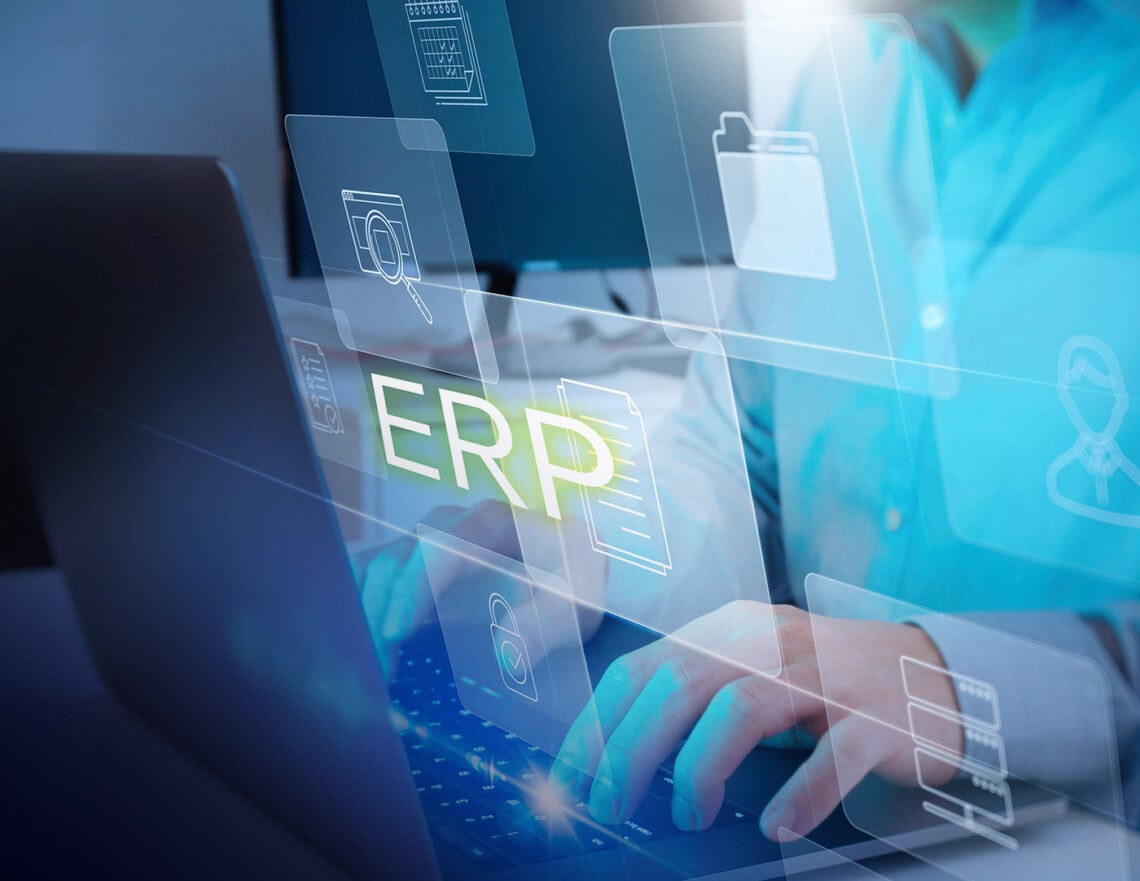
As IT leaders look toward the future of their ERP system, they must decide whether to innovate at the edges of the current system or replace it completely.
We’ve all seen those reality home renovation shows where a couple must decide whether to renovate their current home or buy a new one. If the place were a complete dump, the answer would be obvious, but that’s rarely the case. Instead, the pair must agonize over the costs and hassles of a renovation or those involved in moving. Managers of internally deployed ERP systems know this struggle all too well. Similar to the decision to keep or leave a house, IT decision-makers are tasked with determining whether it’s best to adopt a completely new ERP system or to bring it up to date by innovating on the edges. And with vendors like SAP and Oracle applying pressure to move to new cloud-based systems, determining the best course of action can be challenging.
I recently sat down with Duncan Jones, vice president and principal analyst at Forrester, to discuss this exact problem. I’d encourage you to , but I also wanted to give a high-level overview of the conversation and some key takeaways. At its simplest, enterprises must decide between two solutions for this problem: optimize the system they currently have or make a sweeping software migration. Let’s dive into the details of both choices.
Keeping the current ERP: innovating at the edges
Despite the push from vendors to move to a new system, a recent Forrester survey of 3,000 IT decision-makers in Q4 2021 found that at least 75% of them plan to keep their current ERP system. And, given the current economic environment, I’d hazard a guess that a good chunk of that 25% looking to replace their system most likely will not be making a change anytime soon. If you’re looking to keep your current deployment, know that you’re in the majority.
The key to keeping your current ERP is to take a critical look at what functionality is serving the business well and where select business functions might be better served by modern software-as-a-service (SaaS) applications. Many SaaS companies are focused on very specific business outcomes, such as Workday for HR and Salesforce.com for customer relationship management. Having a core ERP system with the flexibility to add plug-and-play modules that meet specific needs is one way to innovate on the edges. It is also the concept behind a composable ERP strategy.
But identifying the pieces of your current ERP that need to be modernized is only half the battle: IT decision-makers must determine whether to build or buy a solution. Although creating custom code to wrangle a system to your desired outcomes may seem like a smart choice, Jones said that too often he has seen it result in disaster.
“We see a lot of companies wasting money trying to develop RPA [robotic process automation] routines to extract the data from invoices and put it in the ERP,” Jones said in the video.
Whether you find technologies to plug into your current system or decide to create custom code, innovating at the edges is one way to extend the shelf life of your current system.
Replacing your ERP: look to composability
Just because three-quarters of surveyed IT leaders say that they plan to keep their ERP system intact doesn’t necessarily mean that that is the right decision. If you are shoehorning your business processes into your current system, it may be time to retire it and bring on a new one. But who drives this kind of decision? The answer may surprise you: while Forrester reports that two-thirds of IT leaders think they are driving software choices for their organization, more than 50% of their business counterparts feel that they are equally involved in the process. So, when you look to do an overhaul of your ERP system, it is important to have your nontechnical peers at the table to consider your options.
And when it comes to deciding on your future system, Jones says that he and the Forrester team believe that the next ERP rendition will look very different. “We don’t see the next generation of business applications to be just another iteration of this ERP omni suite from a single vendor,” Jones expressed in our conversation. “Modernizing [your ERP] means moving towards this eclectic landscape of specialist platforms.”
In other words, the next generation of ERP is not going to be the monolithic, one-size-fits-all platform of years past. Instead, it will be a composable ERP built on certain key principles: focusing on business outcomes, defining data orchestration, and securing that data across an array of applications that can be easily connected to the core system. This will give organizations the stability and core features from their ERP vendor that they love, but with the added flexibility to extend into applications tailored for their industry and desired feature set.
Setting your smart path to next-generation ERP
The business systems we have today and those we’re building for tomorrow are distinct, but that doesn’t necessarily mean everything will be replaced at full scale. In fact, it’s probably not a single “keep it or replace it” decision — it’s more likely to be a little bit of both.
We at Rimini Street are very bullish on the future of enterprise software and the power it has to unleash speed and new ideas. That starts with the ERP system organizations currently have in place, but there is a smart path to optimize, evolve, and transform it. Rimini Street has helped thousands of businesses and government entities do exactly that through our unified software services, regardless of their current ERP solution. Watch the full conversation for more insights on application modernization.
You might also like
Read: Consolidation best practices for ERP
Watch: Winning in Uncertain Times through Extraordinary Support
Solution: Software supported
